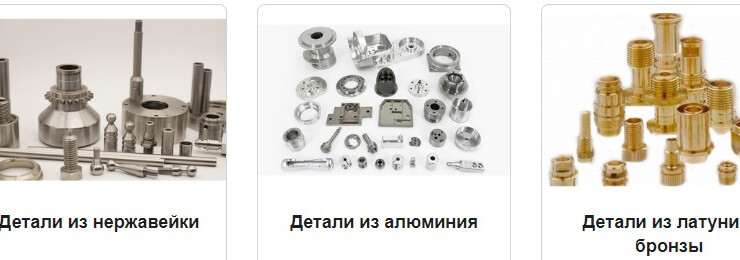Key aspects of drawing up technical specifications for the manufacture of custom parts
In modern industry, technical specifications (TOR) are an integral part of the parts manufacturing process. It serves as the basis for product development, production and quality control, ensuring that the final product exactly meets customer expectations. Errors or shortcomings in the technical specifications can lead to significant deviations in the parameters of the finished part, which, in turn, affects its functionality, reliability and production time.
A correctly drawn up technical specifications helps to establish effective interaction between the customer and the manufacturer, reducing the risk of errors and unexpected costs.
General information and purpose of the part: how to correctly describe the product
When it comes to drawing up technical specifications for the manufacture of a part, The most important step is a clear description of the overall design and purpose of the product. This description lays the foundation for all subsequent stages of production, defining what the finished product will be and how it should function. In this section, it is important to provide a complete and accurate understanding of what the part is intended for and in what conditions it will be used.
A good place to start is by explaining the general concept of the part. Here it is important to describe what task it should solve as part of the final product or system. For example, if a part will be used in a vehicle mechanism, you need to indicate its role in this mechanism: whether it is responsible for transmitting force, for movement, or performing a protective function. Understanding exactly what problem a part solves helps engineers and technologists select the right materials, processing methods and other technical parameters.
It is also equally important to indicate the conditions under which the part will be used. This may include temperature conditions, exposure to chemicals, vibration, pressure, humidity and other factors that may affect its operation. For example, a part operating in high humidity or corrosive environments will require the use of materials with increased resistance to such conditions, as well as appropriate surface treatments.
Other performance factors such as durability and reliability must be considered. If a part is designed for long-term operation without replacement or requires special wear resistance characteristics, these requirements must be reflected in the description. Otherwise, the manufacturer may not take these features into account, which will lead to a decrease in the service life of the product or its failure in conditions for which it was not intended.
When describing the purpose and operating conditions of the part, it is important to avoid ambiguity and be as specific as possible. This will help avoid misunderstandings on the part of the contractor and ensure that the finished product accurately meets the customer’s requirements. The clear and detailed description in this section not only facilitates the development and production process, but also reduces the risk of errors that can lead to additional costs and delays in order fulfillment.
Drawings and diagrams: visual presentation of the idea
Drawings and diagrams are one of the most important elements of the technical specifications for the manufacture of custom parts https://frezerist.ru/moskva/detali, as they serve as a visual reference for engineers and production workers. It is through drawings that the customer’s idea is transformed into a specific part with specified shapes, sizes and functional features. Proper preparation of drawings and diagrams plays a key role in ensuring that the final product exactly meets expectations.
Drawings must be executed to strict standards, such as GOST or ISO, which govern their format, symbols and methods of presentation of information. This is necessary to ensure that all participants in the process - from design engineers to production workers - have the same understanding of how the part should look and function. Important elements such as dimensions, angles, radii and tolerances must be clearly defined and leave no room for ambiguity.
Accuracy in drawings is especially important when dealing with complex parts that have many internal and external elements. Any error in size or tolerance may result in the part not functioning correctly or being unable to be assembled into a complete unit. For example, if holes or grooves are not made with the proper precision, this can cause installation problems or even lead to product failure.
Assembly diagrams also play an important role, especially if the part is part of a more complex mechanism. Diagrams help you understand exactly how a part should interact with other components. This is important both for the assembly of the product and for its further operation and maintenance. If the assembly diagrams are not sufficiently detailed and understandable, this may cause difficulties at the production stage.
